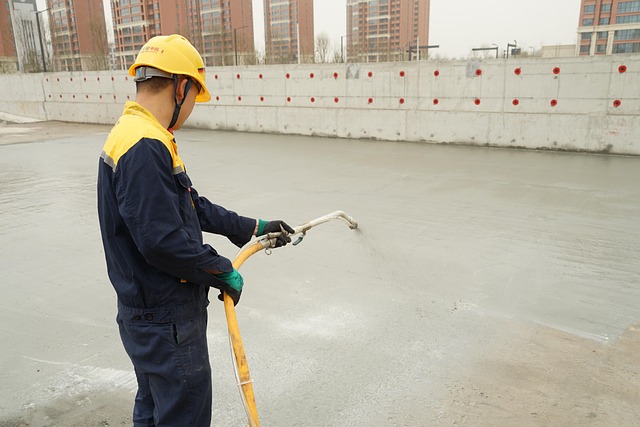Freezing and bursting pipes, common in colder climates, stem from temperature extremes, inadequate insulation, poor ventilation, and inefficient heating. Early signs include pressure spikes, banging noises, faucet drips, and delayed hot water. Prevention involves insulating exposed pipes, using heat tape, maintaining proper ventilation, and regular checks for leaks. In case of a burst pipe, close the main shut-off valve, open taps to relieve pressure, absorb water, and contact a plumber immediately. Proactive maintenance like insulation, heat tape, leak fixes, and temperature monitoring minimizes plumbing issues, saving costs and avoiding property damage.
Pipes freezing or bursting are common plumbing issues, especially during winter. This article delves into the understanding of these problems’ root causes, helping you identify early signs of potential pipe bursts. We offer preventative measures to safeguard your home’s plumbing and emergency response tips for quick mitigation. Additionally, we explore costly damages, provide maintenance advice for year-round protection, and share insights on managing plumbing issues effectively.
- Understanding Common Causes of Frozen Pipes
- Identifying Signs of Pipe Bursts Early
- Preventative Measures for Winter Plumbing
- Emergency Response to Burst Pipes
- Costly Damages and Repairs
- Maintenance Tips for Year-Round Protection
Understanding Common Causes of Frozen Pipes
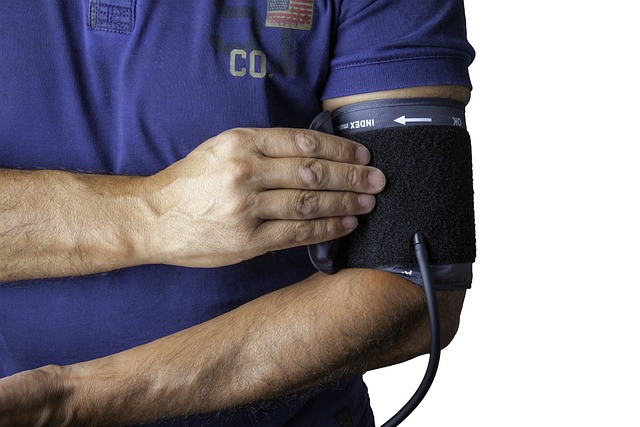
Pipes freezing or bursting is a common plumbing issue, especially in colder climates. Understanding the root causes behind these problems is key to prevention and effective troubleshooting. Several factors contribute to frozen pipes, including extreme cold temperatures, inadequate insulation around pipes, poor ventilation, and inefficient heating systems.
When outdoor temperatures drop significantly, water within pipes that are exposed or not adequately insulated can freeze. This expansion of ice can put immense pressure on pipe walls, leading to bursts. Inadequate ventilation in attics or crawl spaces where pipes run can also cause freezing by hindering the escape of moist air, creating a more conducive environment for water to freeze. Moreover, if your home’s heating system is not sufficient to maintain a consistent warm temperature throughout all sections, certain areas with exposed pipes might remain cold enough to trigger freezing.
Identifying Signs of Pipe Bursts Early

Recognizing the early signs of pipe bursts is crucial for addressing plumbing issues before they escalate. One of the most noticeable indications is an abrupt and unexplained increase in water pressure. This can be detected by checking your water meter or using a pressure gauge. If the pressure soars suddenly, it might suggest a leak or a burst pipe, especially if accompanied by strange noises like banging or dripping sounds coming from walls or pipes.
Another subtle sign to look out for is a decrease in water pressure throughout your home. This could be an early warning of frozen pipes, as cold temperatures cause them to constrict and restrict water flow. Additionally, you may notice that faucets drip more frequently or that hot water takes longer to reach your taps, indicating potential plumbing problems that require immediate attention.
Preventative Measures for Winter Plumbing
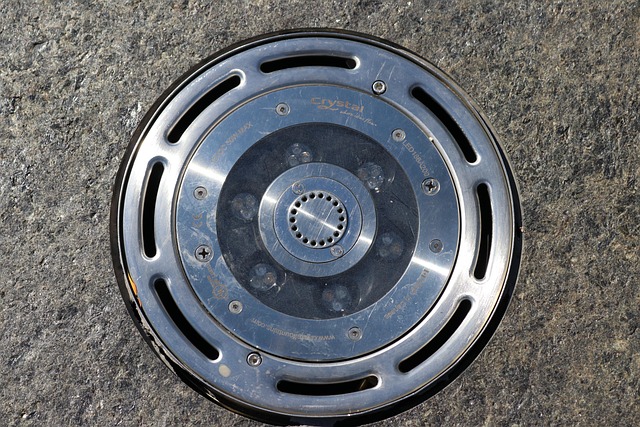
To prevent pipes from freezing or bursting during winter, proactive measures are essential. One effective strategy is to insulate exposed pipes in your home’s exterior walls and under floors. This simple step significantly reduces heat loss, keeping water within the pipes at a consistent temperature. Additionally, consider using heat tape or thermostatically controlled heating pads on vulnerable sections of piping, especially in uninsulated areas like basements or outdoor spigots.
Regular maintenance is another key to avoiding winter plumbing issues. Drain excess water from pipes leading to outdoor faucets and appliances before the first freeze. Open cabinet doors beneath sinks to allow warmer air circulation around pipes. Keep garage doors closed when temperatures drop significantly, as cold air can reach indoor pipes through open doors. Lastly, check for any signs of leaks throughout the season, repairing them promptly to prevent freezing or burst pipes.
Emergency Response to Burst Pipes
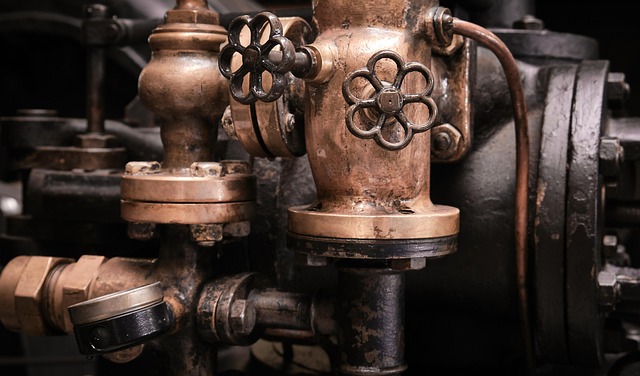
When pipes burst, it’s crucial to act swiftly for effective emergency response. The first step is to locate the main shut-off valve and close it immediately to prevent further water damage. This simple action can significantly mitigate the impact of plumbing issues. Once the valve is turned off, turn on all taps in your home to release pressure in the pipes.
If a pipe has burst, use towels or buckets to collect excess water and direct it away from vulnerable areas. Contact a professional plumber as soon as possible for assistance. They have the tools and expertise to repair the damage quickly, minimising costs and disruption caused by plumbing emergencies.
Costly Damages and Repairs

When pipes freeze or burst, the results can be costly and devastating. Not only do these incidents often lead to significant property damage, but they can also result in expensive repairs and replacement costs. Plumbing issues caused by freezing temperatures can create a chain reaction of problems within a home or building. Water damage to walls, ceilings, and floors is a common consequence, requiring extensive restoration work. Additionally, the replacement of pipes, fixtures, and appliances can add up quickly, especially if the issue goes undetected until substantial harm has occurred.
The financial impact extends beyond immediate repair costs. Frozen pipes may lead to disrupted daily routines and even business closures, causing lost productivity and potential revenue loss. Furthermore, emergency repairs often come with premium rates due to the urgent nature of the situation. As such, taking preventive measures, like proper insulation and regular maintenance, is crucial to mitigate these costly plumbing issues.
Maintenance Tips for Year-Round Protection
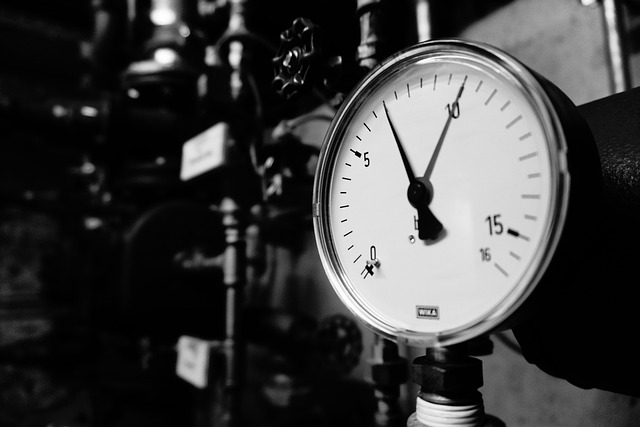
To prevent pipes from freezing or bursting, regular maintenance is key. Start by insulating exposed pipes, especially in unheated areas like garages and basements. Use heat tape or thermal protection products to keep water flowing smoothly during cold weather. Regularly check for leaks and fix them promptly; even small drips can lead to significant plumbing issues over time.
Keep an eye on your water pressure; both high and low pressure can cause damage. Install pressure regulating valves if necessary. Drain excess water from pipes during extreme temperature shifts, and consider using heat-generating devices like space heaters near plumbing to provide extra warmth. Regular maintenance not only saves you from costly repairs but also ensures a reliable plumbing system year-round.
